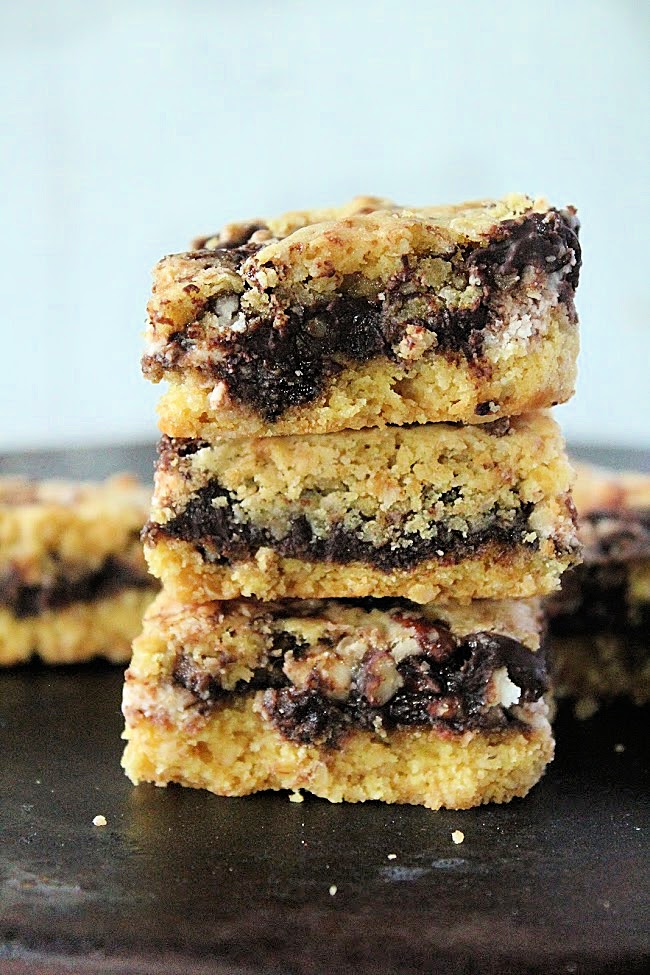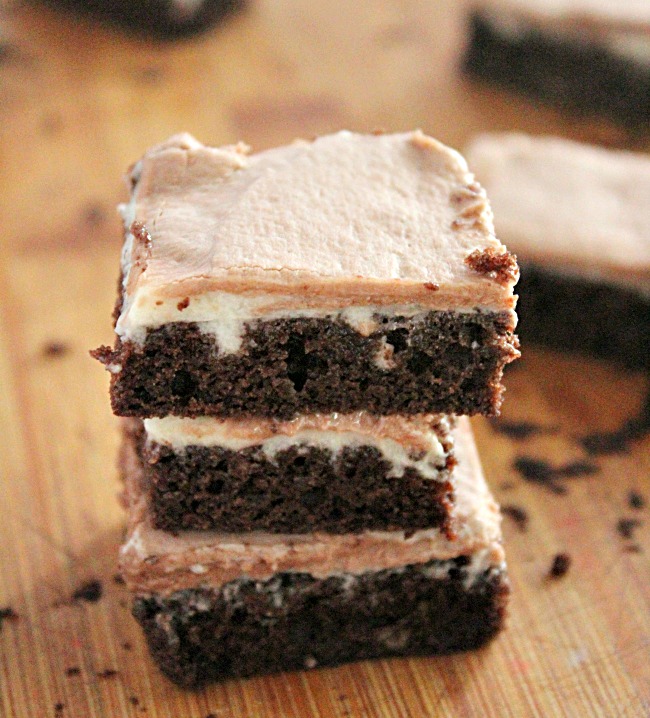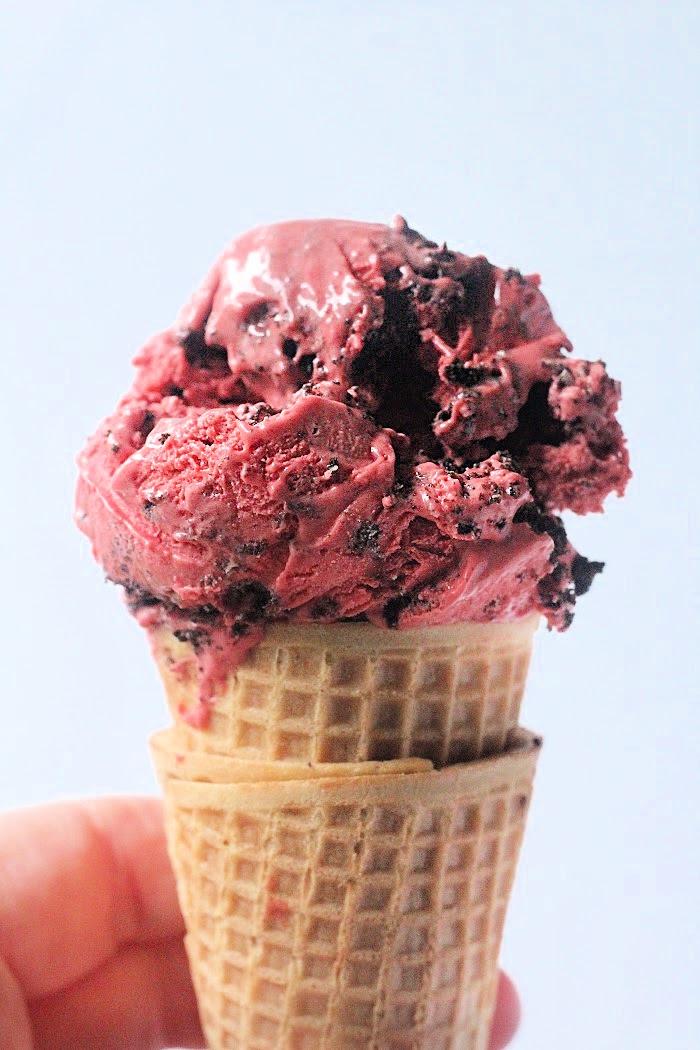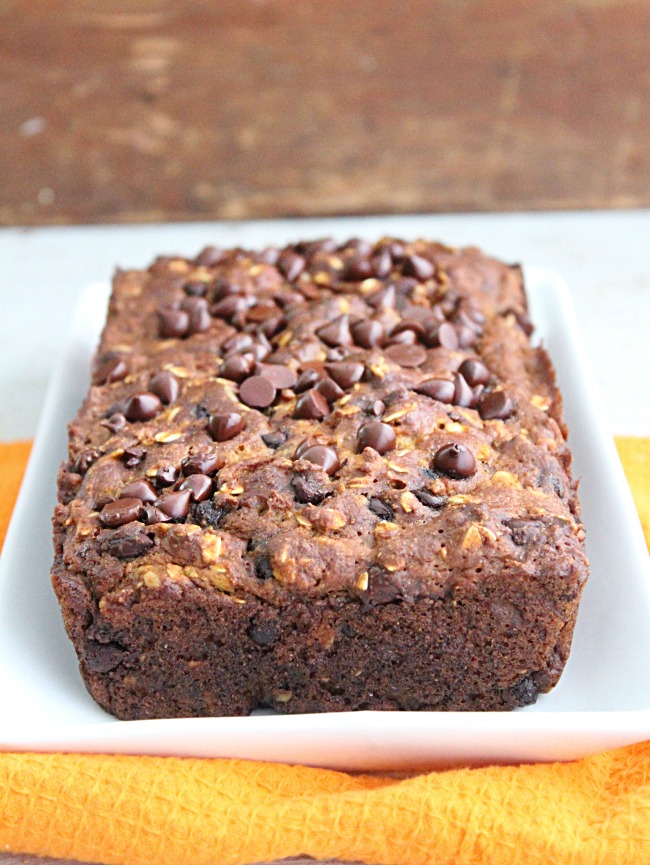9 Nearly Vanished Ice Cream Flavors From America’s Past

Before industrial-scale production flattened the frozen-dessert landscape into familiar modern staples, American creameries and soda fountains were laboratories for bold, local tastes. Soda-inspired scoops, savory seafood experiments, and delicate vegetal sherbets once lined menus from New England parlors to seaside resorts. Many of those flavors disappeared as mass production, shifting palates, and ingredient economics favored simpler, crowd-pleasing choices. This piece revives nine of those nearly vanished ice cream flavors; little chapters of food history that reveal how inventive, regional, and sometimes audacious American ice cream once was.
1. Birch Beer Ice Cream
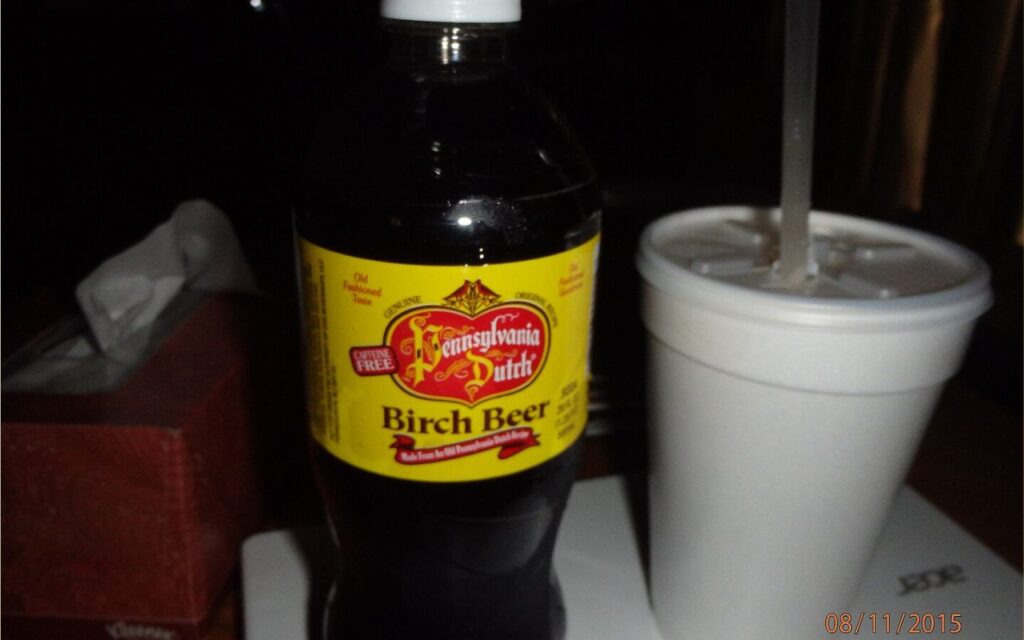
Birch beer ice cream took inspiration from the soda fountains that flavored drinks with birch bark extract, creating a sweet, minty, and slightly resinous taste. Its herbal character was refreshing yet unusual, offering a flavor balance between wintergreen and vanilla cream. This distinct scoop became a regional treat in the Northeast, especially in old-time parlors where sodas and ice creams mingled. With mass production pushing safer, standardized flavors, birch beer gradually vanished. Today, it is rarely found outside specialty ice cream shops or nostalgic heritage festivals.
2. Licorice Ice Cream
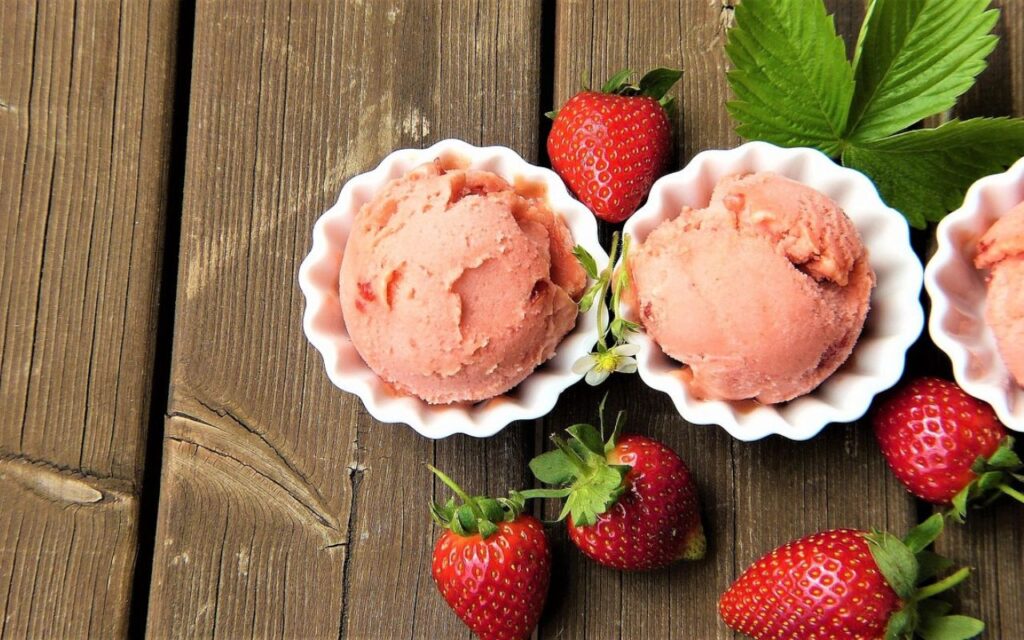
Licorice ice cream, once made with real licorice root or anise extract, carried a bittersweet, herbal punch that either captivated or repelled customers. Its flavor echoed black licorice candy, with fennel-like depth and a lingering, slightly medicinal sweetness. A staple in early soda shops and candy counters, it appealed to adventurous palates who enjoyed strong, distinctive flavors. However, as the industry leaned toward universally loved tastes like chocolate and strawberry, licorice’s polarizing profile faded. It now appears mainly in culinary throwbacks, specialty gelato shops, or food history showcases.
3. Lobster Ice Cream
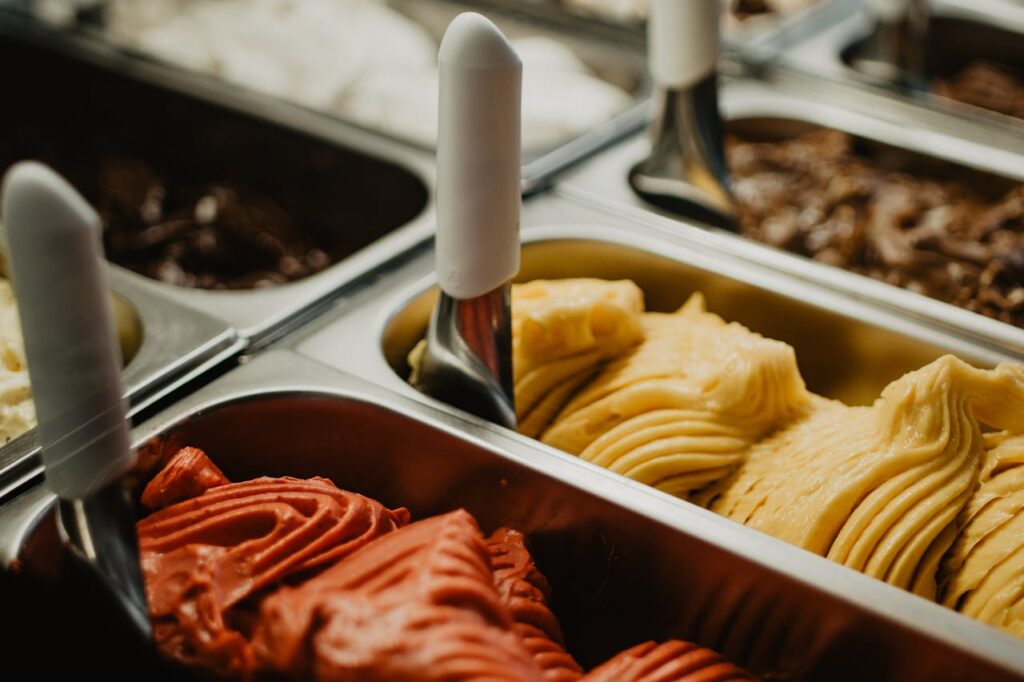
Lobster ice cream was a coastal novelty where chefs folded butter-poached lobster chunks or lobster-infused custard into creamy bases. This briny-sweet experiment reflected seaside abundance and daring Victorian palates eager for unusual pairings. Far from a joke, it was meant to impress summer resort visitors who wanted indulgence and spectacle. While the flavor mostly disappeared with the shift toward mainstream appeal, modern chefs occasionally revive it at seafood festivals or for curious diners. It survives today more as a conversation piece than a staple dessert.
4. Celery Ice Cream
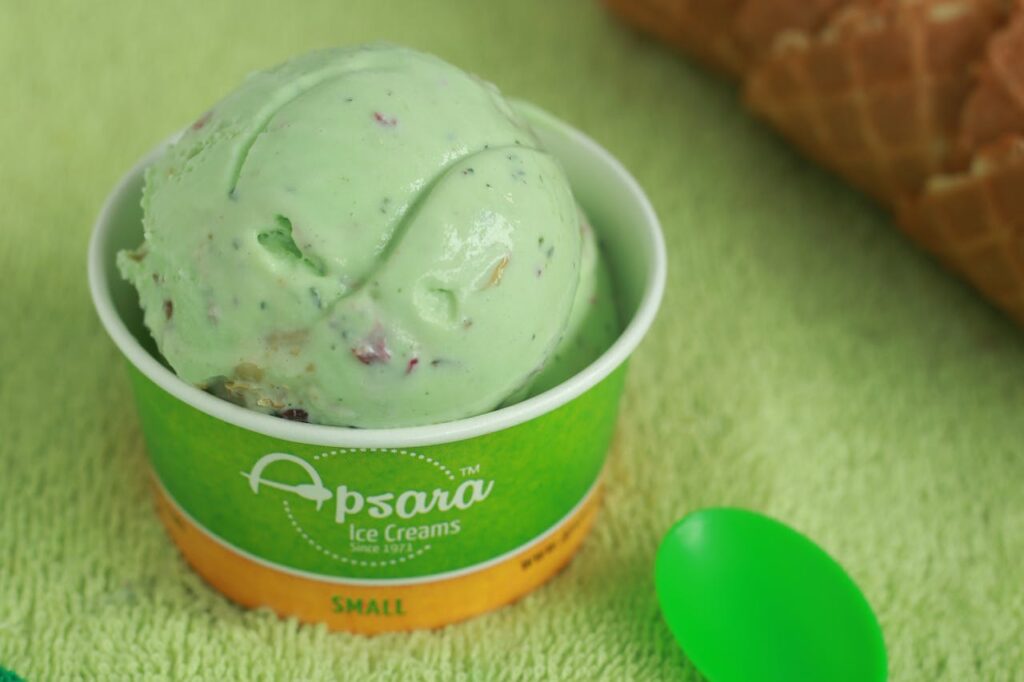
Celery ice cream reflected the Victorian taste for light, vegetable desserts and palate cleansers. Cookbooks of the 1800s described blanching celery and blending it with cream, sugar, and lemon for a pale green ice with grassy freshness and faint bitterness. It was often served between courses at elegant dinners rather than as a sugary finale. Its appeal faded as American palates shifted toward richer chocolate, caramel, and fruit-forward flavors. While celery’s subtlety no longer fits mainstream dessert culture, food historians sometimes recreate it for culinary exploration.
5. Molasses Ice Cream
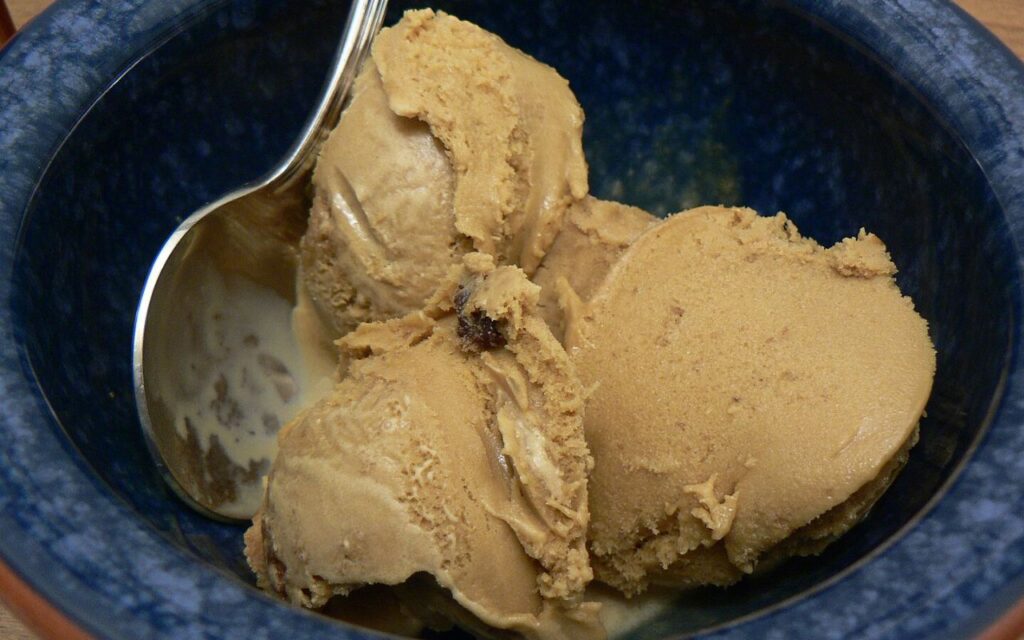
Molasses ice cream was rooted in New England traditions, where dark cane syrup was once a dominant sweetener. Rich, smoky, and bittersweet, it delivered the flavor of colonial kitchens in frozen form. Often blended with warming spices like ginger, nutmeg, and clove, it tasted like frozen gingerbread and carried the comfort of old-fashioned baking. While treasured regionally, molasses fell from favor when refined sugar and lighter flavors took center stage. Though largely absent today, it occasionally reemerges at heritage fairs or as a nostalgic homemade specialty.
6. Grape-Nut Ice Cream
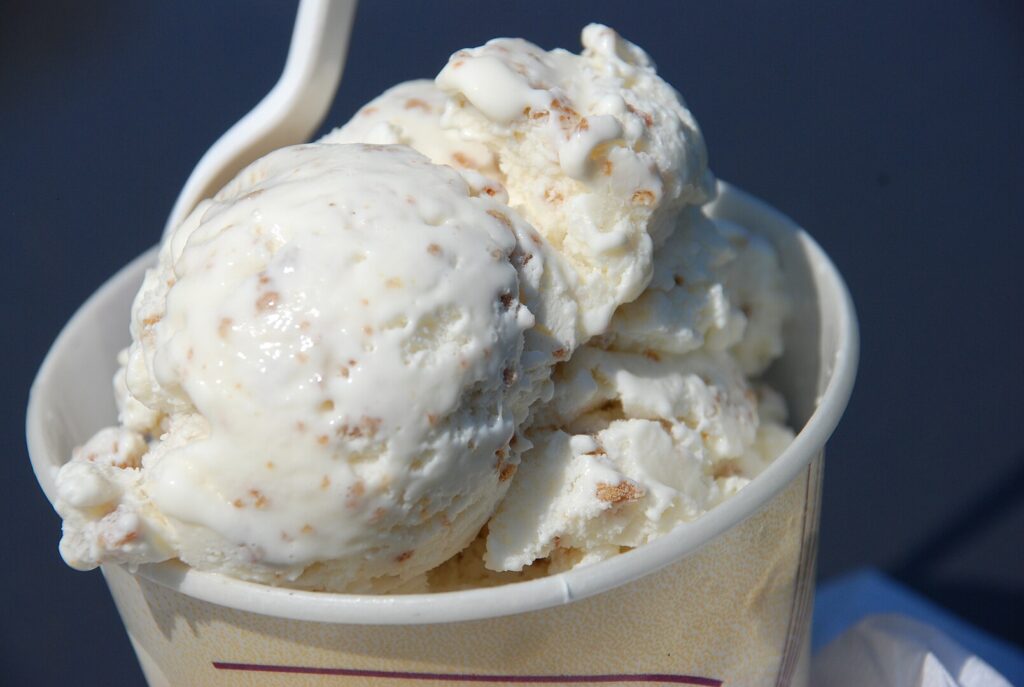
Grape-Nut ice cream gained popularity in the early 1900s, when cereals were seen as wholesome and innovative. The crunchy cereal was either steeped in custard for a malty undertone or folded in for texture, creating a nutty, toasty bite. This hearty dessert was beloved in New England parlors, where it bridged breakfast and dessert traditions. Its grainy mouthfeel eventually lost traction as smoother, creamier textures dominated. While rare nationally, some regional creameries still make it, keeping alive a flavor tied to Americana nostalgia and cereal culture.
7. Sarsaparilla Ice Cream

Sarsaparilla ice cream mirrored the flavor of the once-popular soda, carrying earthy, rooty, and slightly medicinal notes softened by vanilla. It was a grown-up treat at soda fountains, enjoyed by adults who appreciated its herbal, complex sweetness. The flavor fell victim to the industrial standardization of soft drinks, which shifted focus to cola and root beer. As sarsaparilla sodas dwindled, so too did their frozen counterparts. Today, sarsaparilla ice cream is a rarity, occasionally surfacing in craft creameries or food festivals celebrating old-fashioned fountain culture.
8. Oyster Ice Cream
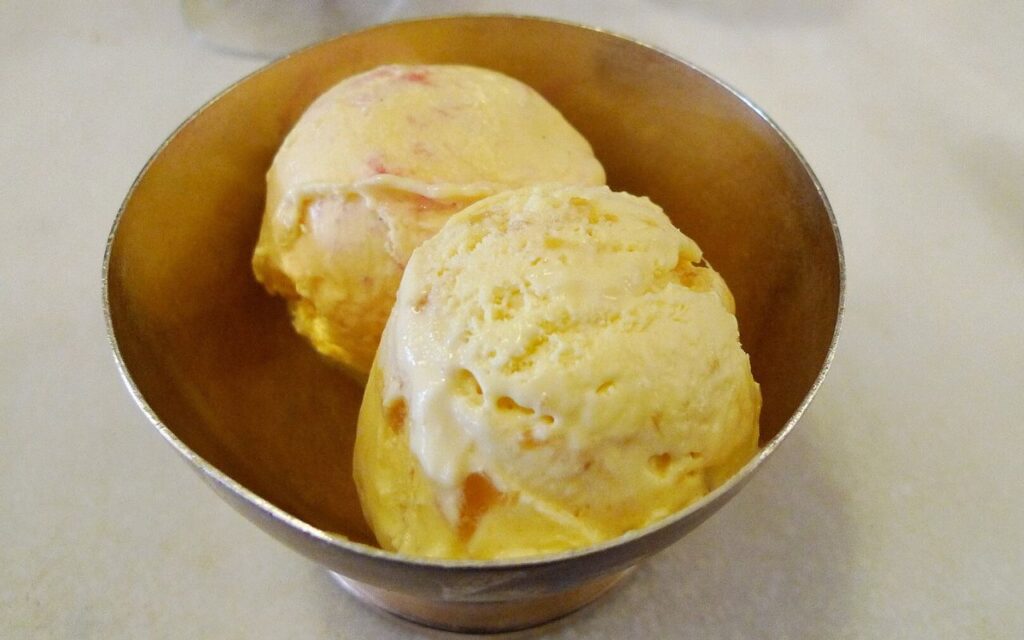
Oyster ice cream may sound like shock cuisine today, but in the 1800s it was a serious culinary experiment. Chefs blended fresh oysters into custard bases, often seasoning them lightly with lemon, herbs, or salt for a refined maritime flavor. Served at high-end banquets, it symbolized wealth and daring taste, showing how frozen desserts once explored savory territory. While it vanished as American dining grew more standardized, oyster ice cream remains a reminder that Victorian cuisine embraced flavors we might now consider unimaginable.
9. Cucumber Ice Cream

Cucumber ice cream was a refreshing, delicate choice at summer resorts and garden parties. Made with cucumber juice, cream, and sometimes mint or citrus, it yielded a pale, green-tinged scoop with crisp, clean flavor. Unlike heavy, sugar-laden desserts, it served as a palate cleanser or light finale to warm-weather meals. Its subtlety worked well in Victorian times, but richer and bolder ice creams eventually overtook it. While nearly forgotten today, cucumber ice cream resurfaces occasionally at farm-to-table restaurants or experimental creameries focused on seasonal produce.
